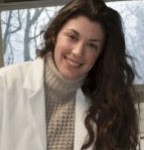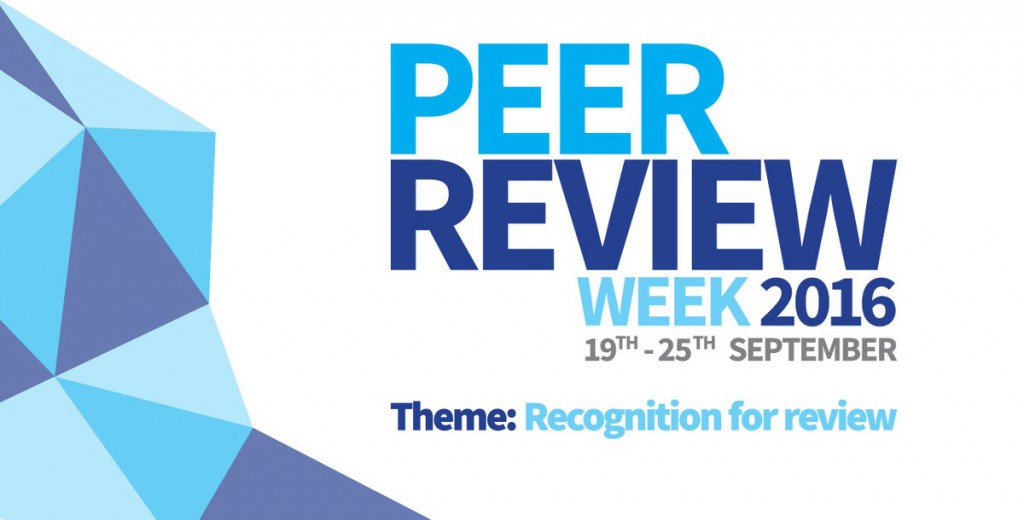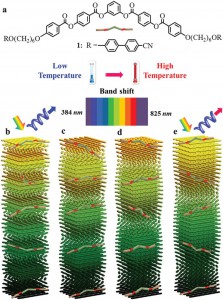Last year, we launched the first early career researcher Board for Materials Horizons, the Community Board. Since then, these Board members have provided invaluable feedback regarding journal activities, as well as being ambassadors for the journal. Based on this success, we have expanded the Community Board, through requesting nominations from our Board members, as well as the wider academic community.
We are now delighted to announce the new and expanded Materials Horizons Community Board. Many of our original Board members from last year are continuing to serve for a second term, and now the Board consists of an international set of 33 researchers at different stages of their early careers, ranging from PhD candidates to Associate Professors.
Read more about our Board members below. We have also introduced the Nanoscale Horizons Community Board, find out more here.
| Sarit Agasti | |
 |
Sarit received his Bachelor’s degree in Chemistry from the University of Calcutta, in 2003 and then his Master’s degree from the Indian Institute of Technology, Kanpur in 2005. Sarit went on to receive his PhD from the University of Massachusetts at Amherst under the supervision of Professor Vincent M. Rotello. Since his PhD, he has been a Postdoctoral Fellow at both the Massachusetts General hospital-Harvard Medical School and the Wyss Institute at Harvard University working with Professor Ralph Weissleder and Professor Peng Yin, respectively. Sarit has now returned to India and is working as a Faculty fellow at the Jawaharlal Nehru Centre for Advanced Scientific Research. His lab is interested in engineering small molecules and programmable molecular materials to address challenges in bioimaging, specifically in super-resolution microscopy. |
| Athina Anastasaki | |
 |
Athina received her Bachelor’s degree in Chemistry from the National and Kapodistrian University of Athens. She then undertook a PhD in Polymer Chemistry at the University of Warwick under the supervision of Professor David Haddleton. She then undertook the position of a Monash-Warwick Alliance Research Fellow in the research groups of Professor David Haddleton and Professor Thomas Davis, focusing on controlled living radical polymerization methods, mechanistic studies, photochemistry and sequence-controlled polymers. Currently, she is an Elings Fellow working alongside Professor Hawker at the University of California, Santa Barbara (UCSB). |
| Maartje Bastings | |
 |
Maartje Bastings studied Biomedical Engineering at the Eindhoven University of Technology (TU/e) and graduated Cum Laude in the group of Prof. E. W. (Bert) Meijer, where she continued her Ph.D. program funded by a Toptalent Fellowship from the Dutch Science Foundation (NWO). Her research focused on the understanding of multivalent binding mechanisms for directed targeting and the development of supramolecular biomaterials. She was awarded the University Academic Award in 2013 for best Ph.D. thesis at the TU/e. She moved to the Wyss Institute of Harvard University in Boston as a NWO Rubicon and Human Frontier Science Program postdoctoral fellow in the lab of Prof. William M. Shih. She studies DNA as a programmable biomaterial to design immune responses and assemble into multimodal nanoparticles. In January 2017 she will start as tenure track Assistant Professor in the Materials Science and Engineering Department at EPFL, Switzerland. |
| (more…) |
















